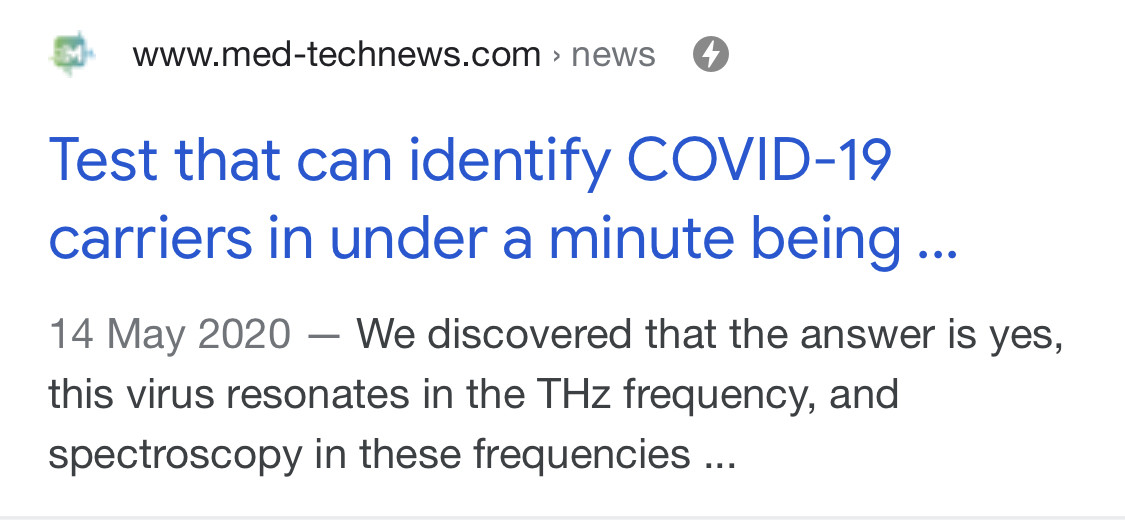This is not about me, this is about protecting the children of today and of tomorrow.
Please understand me.
God bless you all.
Red-pilled and mind-blown by Eustace Mullins books, once upon a time... One foot down the rabbithole, one foot on The High Road.
Red-pilled and mind-blown by Eustace Mullins books, once upon a time... One foot down the rabbithole, one foot on The High Road.
🙏🏻❤️🕯🕊
Intense sensitivity to sound is a common autism symptom. Loud noises may be painful. The din of a city street or a mall can be too much. When overwhelmed, people on the autistic spectrum may cover their ears to try to block out the noise.
Ultrasound examinations during pregnancy expose the fetus to a sound as loud as that made by a subway train coming into a station, say US researchers. But doctors do not think the experience causes a baby any lasting harm.
Sensitivity and noise in THz electro-optic upconversion radiometers | Scientific Reports
This paper presents a study of noise in room-temperature THz radiometers that use THz-to-optical upconversion followed by optical detection of thermal radiation. Despite some undesired upconverted thermal noise, no noise is intrinsically introduced by efficient electro-optic modulation via a sum-fre..
https://www.nature.com/articles/s41598-020-65987-xPhoton upconversion is the sequential absorption of two or more long wavelength photons leading to the emission of a photon with a shorter wavelength. The fact that the emission is at a shorter wavelength than the excitation light makes upconversion distinct from other forms of photoluminescence such as fluorescence and phosphorescence where the emission always occurs at a longer wavelength (see Stokes Shift), and upconversion luminescence is therefore also known as anti-Stokes fluorescence.
Upconversion occurs through the sequential absorption of photons and is usually considered distinct from two-photon absorption processes where the photons are absorbed simultaneously.
Upconversion has many important medical and technological applications such as improved biological imaging and sensing using upconversion nanoparticles,1 enhancing the light-harvesting of solar cells,2 and deeper tissue penetration in photodynamic therapy for cancer treatment,3 amongst others.
Nanocarriers designed for delivery are able to bypass biological barriers, such as cell membranes and the blood–brain barrier, and can be loaded with high drug concentrations of therapeutics to be released.
Once the target site is reached, therapeutic drugs must be delivered from the nanocarrier in order to become bioavailable and aid the regeneration process (Qiu and Park, 2001).
Passive processes, such as diffusion, particle erosion, particle degradation, and polymer swelling, can control the release (Mudshinge et al., 2011). The nanoplatform has to be stable enough to promote controlled release of cargo exclusively when triggering (Loomis et al., 2011; Wong and Choi, 2015). Interestingly, the delivery can be activated using in vivo signals, such as pH (Bigall et al., 2011; Sato et al., 2011), ion concentration, redox potential (Kang et al., 2010; Luo et al., 2011), presence of certain enzymes (de la Rica et al., 2012), and temperature (Kim and Lee, 2004).
Exogenous triggering using nanomaterials responsive to light (Byoung-chan and Kun, 2012),
magnetic fields (Ge et al., 2012; Hawkins et al., 2012),
or ultrasounds (Epstein-Barash et al., 2010) can be advantageous, since it can control the timing and degree of release (Ganta et al., 2008), thus minimizing the drug release at off-target sites (Rwei et al., 2015).
The piezoelectric effect converts kinetic or mechanical energy, due to crystal deformation, into electrical energy. This is how ultrasound transducers receive the sound waves. ... This realignment results in crystal lengthening or contraction, converting electrical energy into kinetic or mechanical energy.
When an electric current is applied to a piezoelectric crystal, it starts to vibrate and these vibrations generate sound waves with frequencies between 1.5 and 8 MHz (i.e ultrasound). Thus, piezoelectric crystals can convert electric currents into ultrasound waves.
In physics, sound is a vibration that propagates as an acoustic wave, through a transmission medium such as a gas, liquid or solid. In human physiology and psychology, sound is the reception of such waves and their perception by the brain. ... Sound waves below 20 Hz are known as infrasound.
Nanoparticles have acoustic resonances in the 10 GHz to THz range, which makes them interesting for resonantly enhanced four-wave mixing applications such as frequency conversion.
https://pubs.acs.org/doi/10.1021/acsphotonics.5b00757



